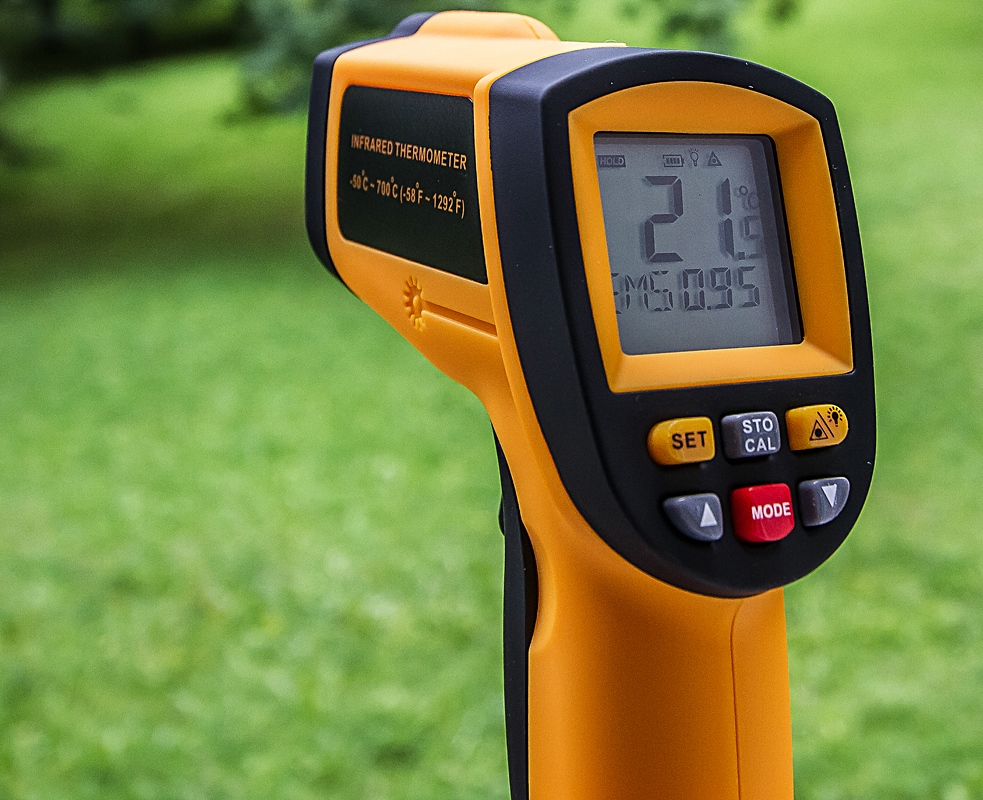Pyroelectricity and Applications
Pyroelectricity is the property of a material to produce electrical energy when they are subjected to thermal energy change.
Pyroelectric crystals are those poses the Pyroelectric effect, that is the ability of crystals to generate electricity when they are heated.
When Pyroelectric materials are heated or cooled, it polarises in proportional to the change in temperature. As a result, the crystal generates an opposite polarity that creates a short period of electrical potential difference or a temporary voltage.
The points that generate a particular polarity can also generate a reverse polarity at the same locations when it has applied with a negative temperature. That is, the charge polarity developed on a location during the heating will be reversed during cooling.
Pyroelectric materials applications
-
Passive Infrared Sensor (PIR sensor)
Passive infrared (PIR) sensors are a common type of motion detector sensors, which can detect the movement of human beings, animals, objects, etc., or anything which radiates thermal infrared radiation.
A PIR sensors are made with pyroelectric materials, which generate electrical energy in response to the absorbed thermal energy. The thermal energy radiated in the form of infrared waves are invisible to human eyes. So, the PIR sensors can work as a hidden device. Because of this ability, they are widely used for security and automation applications.
The PIR sensors have an average operating range of 5m to 10m.

By Hedwig Storch – Own work, CC BY-SA 3.0, Link
-
Infrared Thermometers
The infrared thermometers or pyrometers are used for non-contact temperature measurements. They are used for temperature measurement in the areas where physical contact is not possible. Such as moving objects, extremely heated substances, etc.
Infrared thermometers have good precision and accuracy for a wide temperature range.
-
Laser Energy Sensors
Pyroelectric sensors are most commonly used sensor type, for measuring the Power and Energy of Lasers. They have a fast response in measurement compared to other sensor types. But, the pyroelectric sensor can measure only pulsed lasers that have a repetitively pulsed energy up to 25 kHz. Even though, these sensors are recommended to operate with a repetition rate less than 10 kHz.